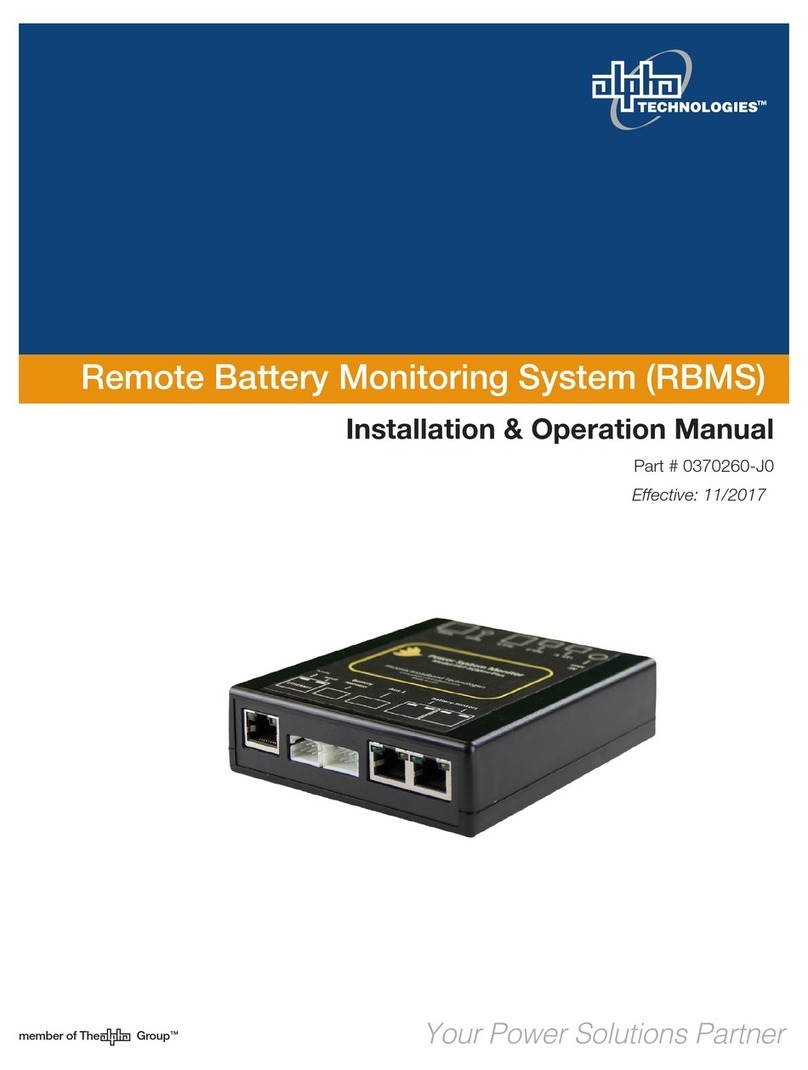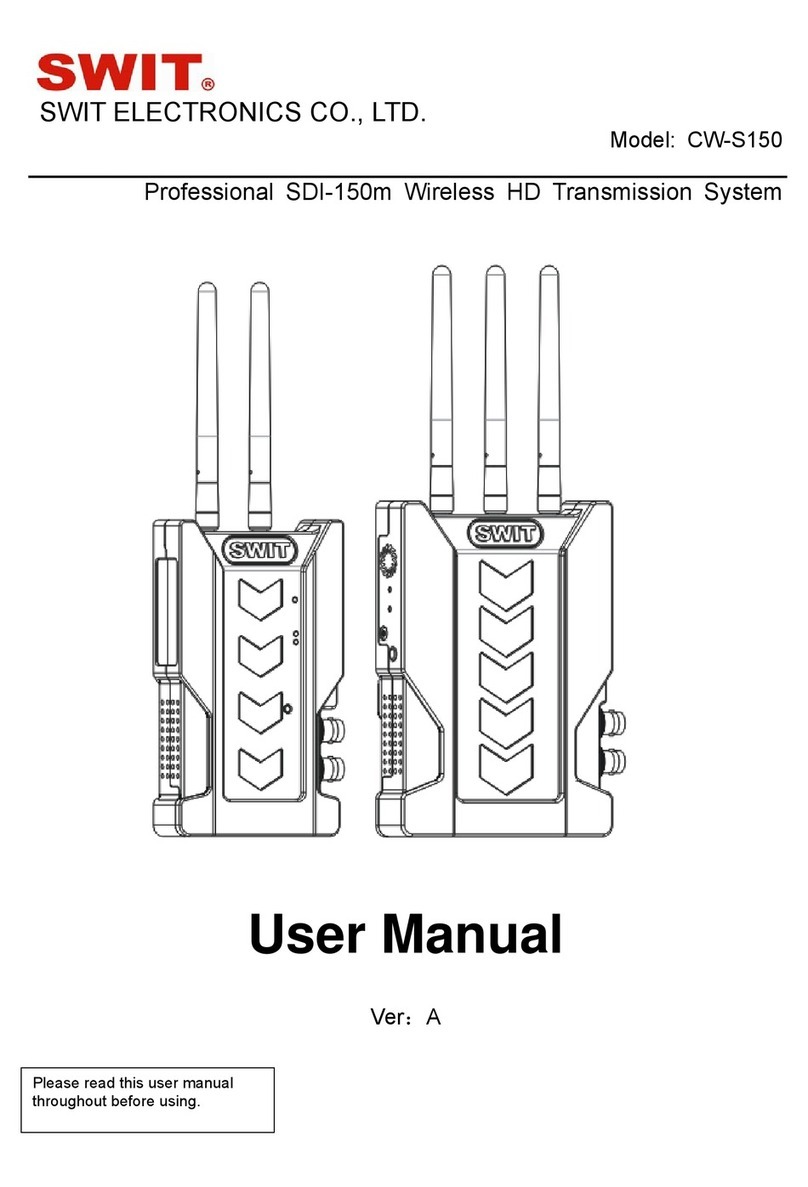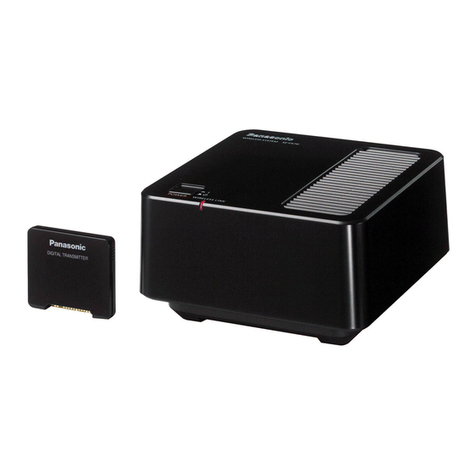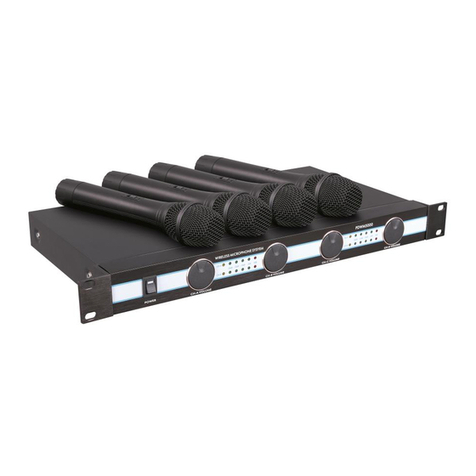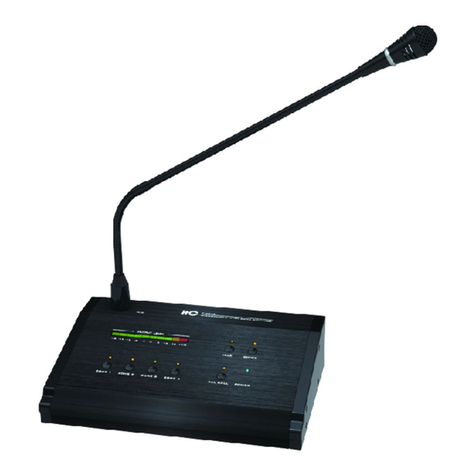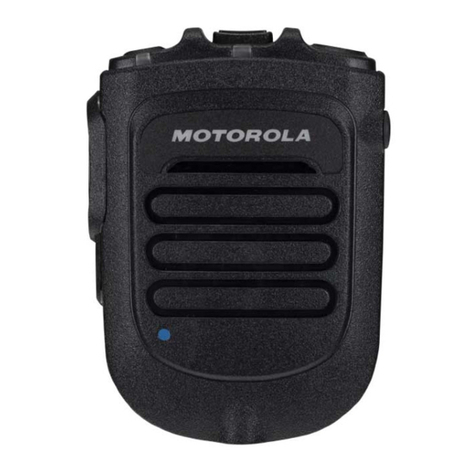
B. How to adjust channel
(The LCD will display one of the above depends on last status)
Press “SET” key for 2-3 seconds, LCD will present, CH 001.
Press “◄” or “►” key to change current channel. Press “SET” key
to confirm, but the receiver will return to last channel to work after
indicator flashes 2-3 seconds if not press “SET” key.
C. How to adjust frequency
Press “SET” key for 2-3 seconds; LCD will present a number
like 798.000. Press“▲▼”key to change current working frequency,
Press “SET” key to confirm, but the receiver will return to last state
to work after indicator flash 2-3 seconds if not to press “SET” key.
D. How to adjust sensitivity of receiver
Press “SET” key for 2-3 seconds; LCD will present Squelch
like 15 dB indicates sensitivity status. Press “▲▼” key to change
current status if need. This point is a factory pre-set at: 0-40dB. 5,
10, 15, 20, 25, 30, 35, 40dB positions are to provide optimal
operation in most applications. Position at 40 dB will decrease
operating range.

